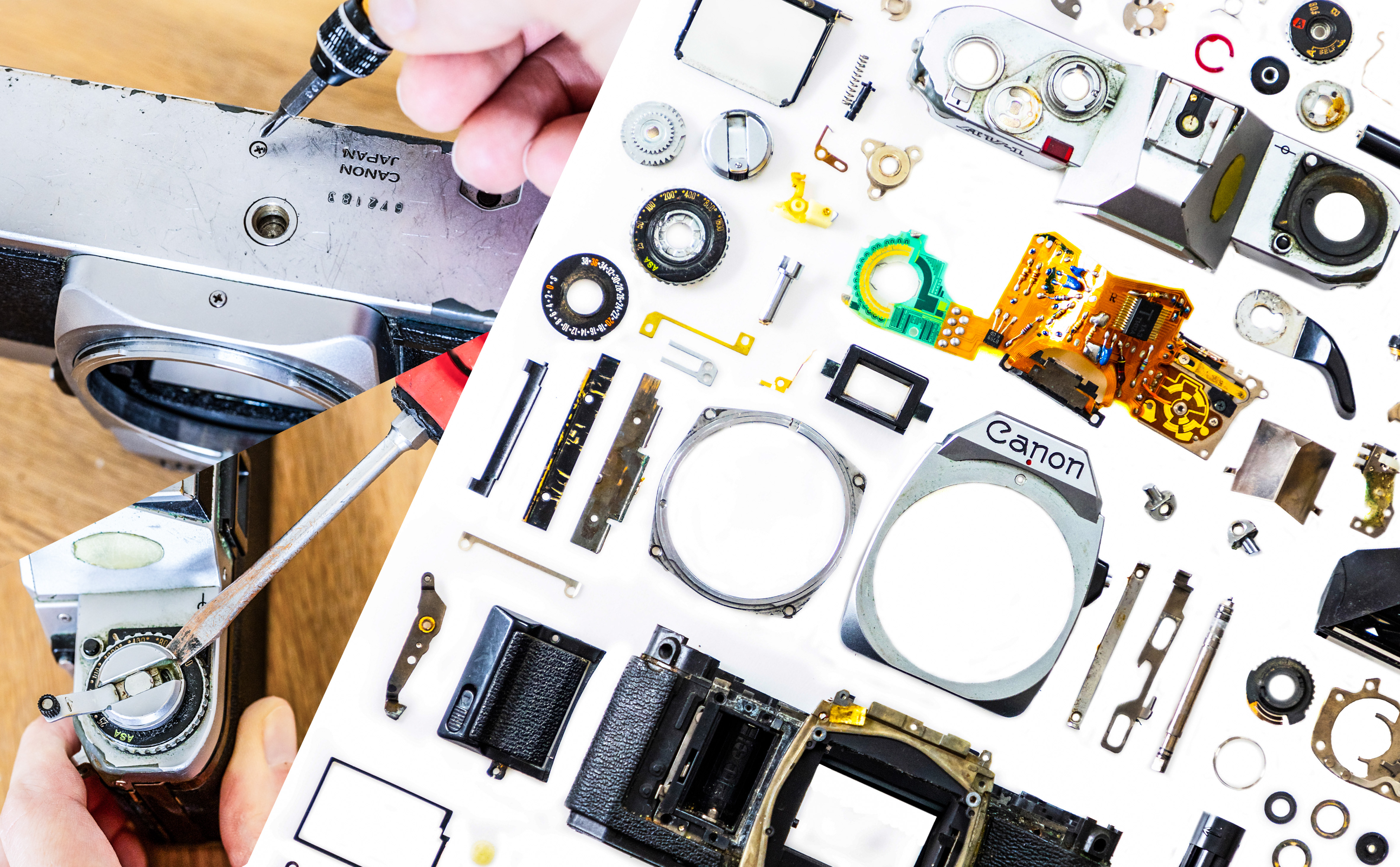The best Olympus / OM System lenses: great glass for your Micro Four Thirds camera
I've picked the best Olympus / OM System lenses across a wide range of needs and budgets
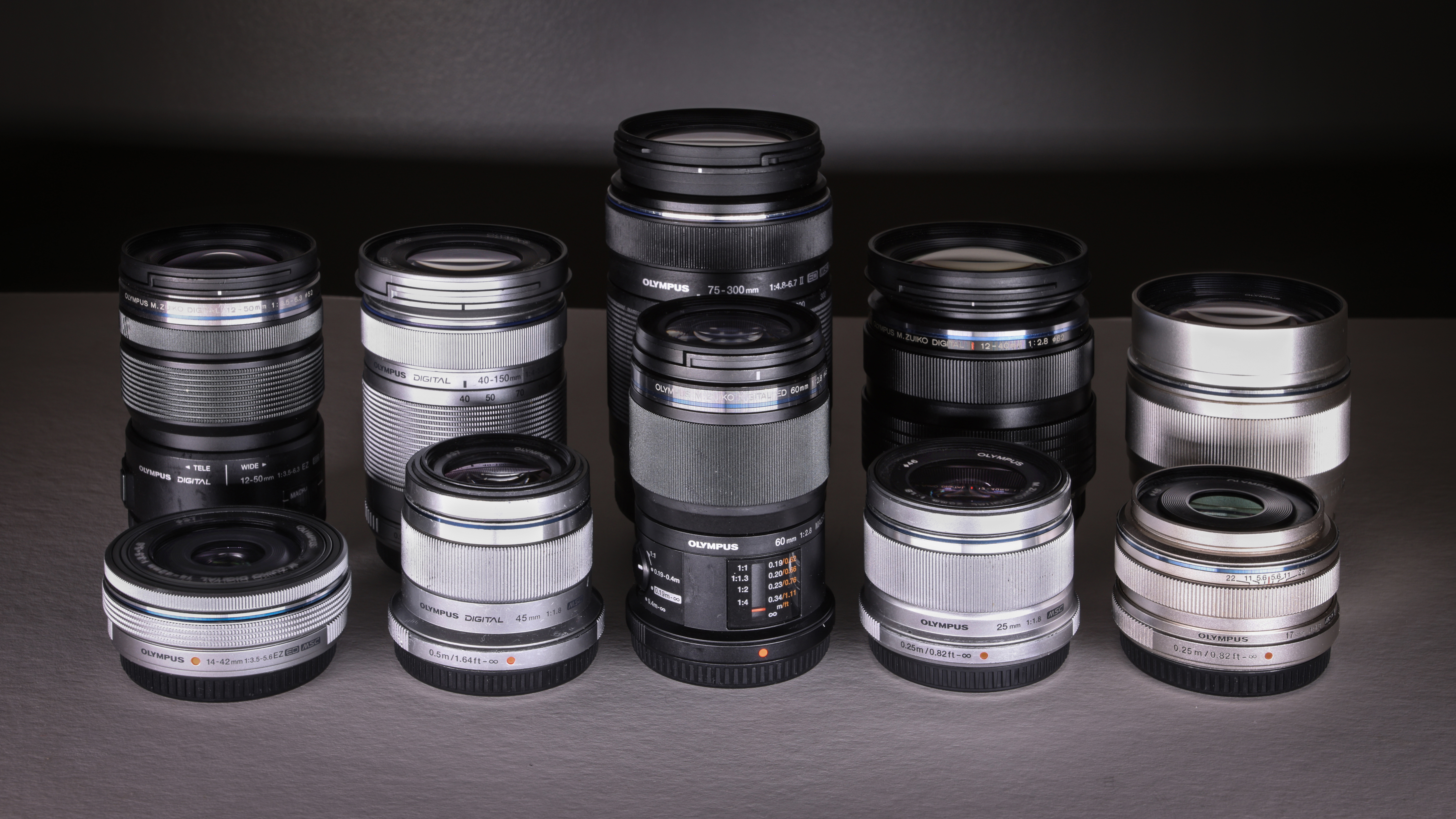
The best Olympus lenses – and the best OM System lenses, as that's what the brand is now called – comprise some of the greatest glass I've ever used, on any camera system.
However, they don't just boast outstanding image quality; the best Olympus lenses are also incredibly small and lightweight – and very often weather-sealed, too. The new M.Zuiko 17mm f/1.8 II and 25mm f/1.8 II, for example, are genuinely pocket-sized primes (you can fit both in a single pocket!) that can shoot rain or shine.
While the Micro Four Thirds (MFT) mount is an open standard, meaning that any MFT lens will work on any MFT camera regardless of manufacturer, for my money you should stick with the best Olympus lenses if you own an Oly or OM System body.
Not only do they pair better aesthetically, but a number of these lenses feature built-in stabilization that can work in tandem with the in-body stabilization on Oly / OM cameras. This 'Sync IS' technology adds up to 2.5 stops of shake compensation – but it only works with Oly / OM bodies (the same is true of Panasonic's version of the tech).
After using this glass for 11 years, here are my picks for the best Olympus lenses for almost all purposes…
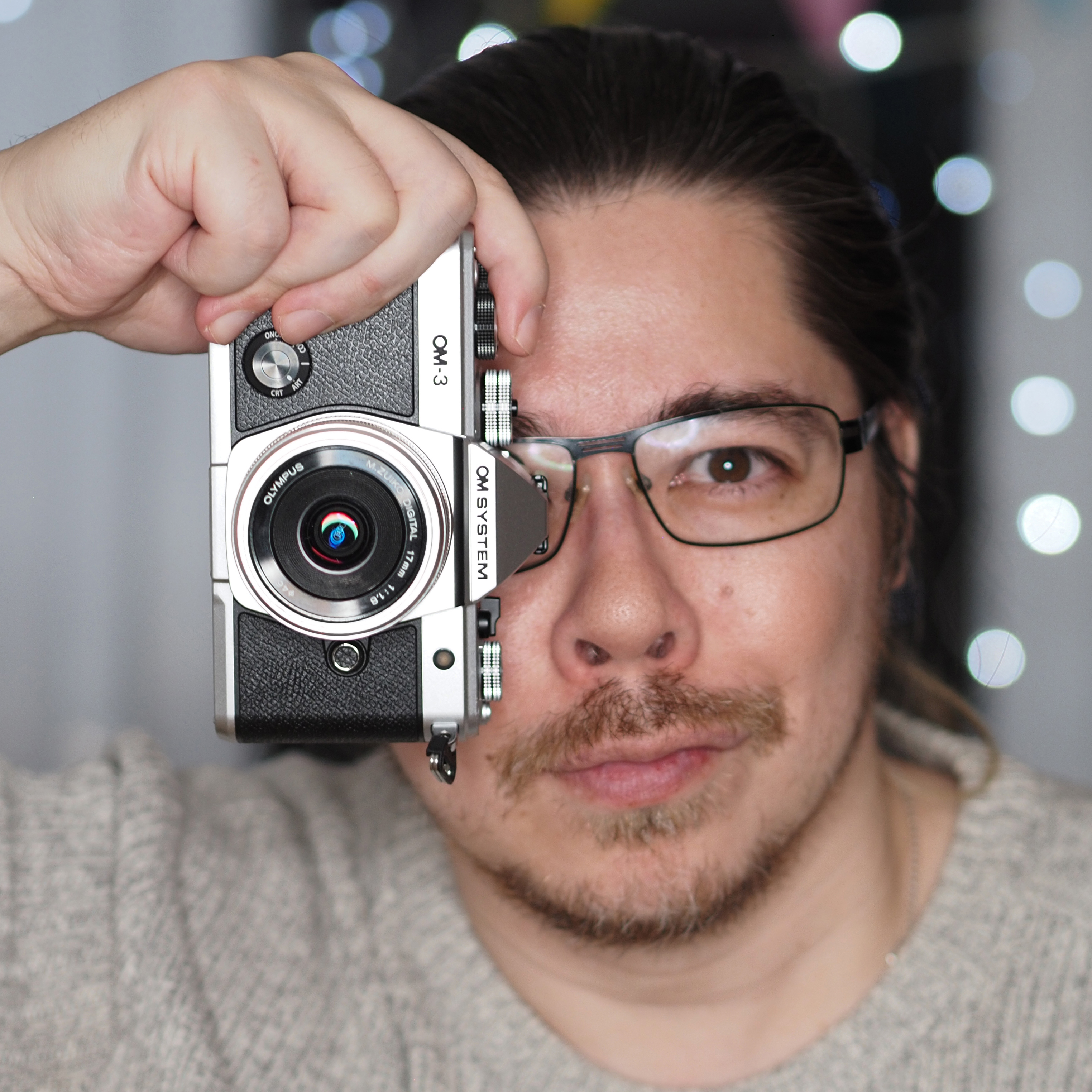
Having used Olympus and OM System mirrorless cameras since 2014, I'm lucky enough to have tested every single Micro Four Thirds lens the manufacturer has made… and I've owned most of them, too! I use this glass on my pro jobs and personal projects alike, so I've field tested them to the absolute limit.
The Quick List
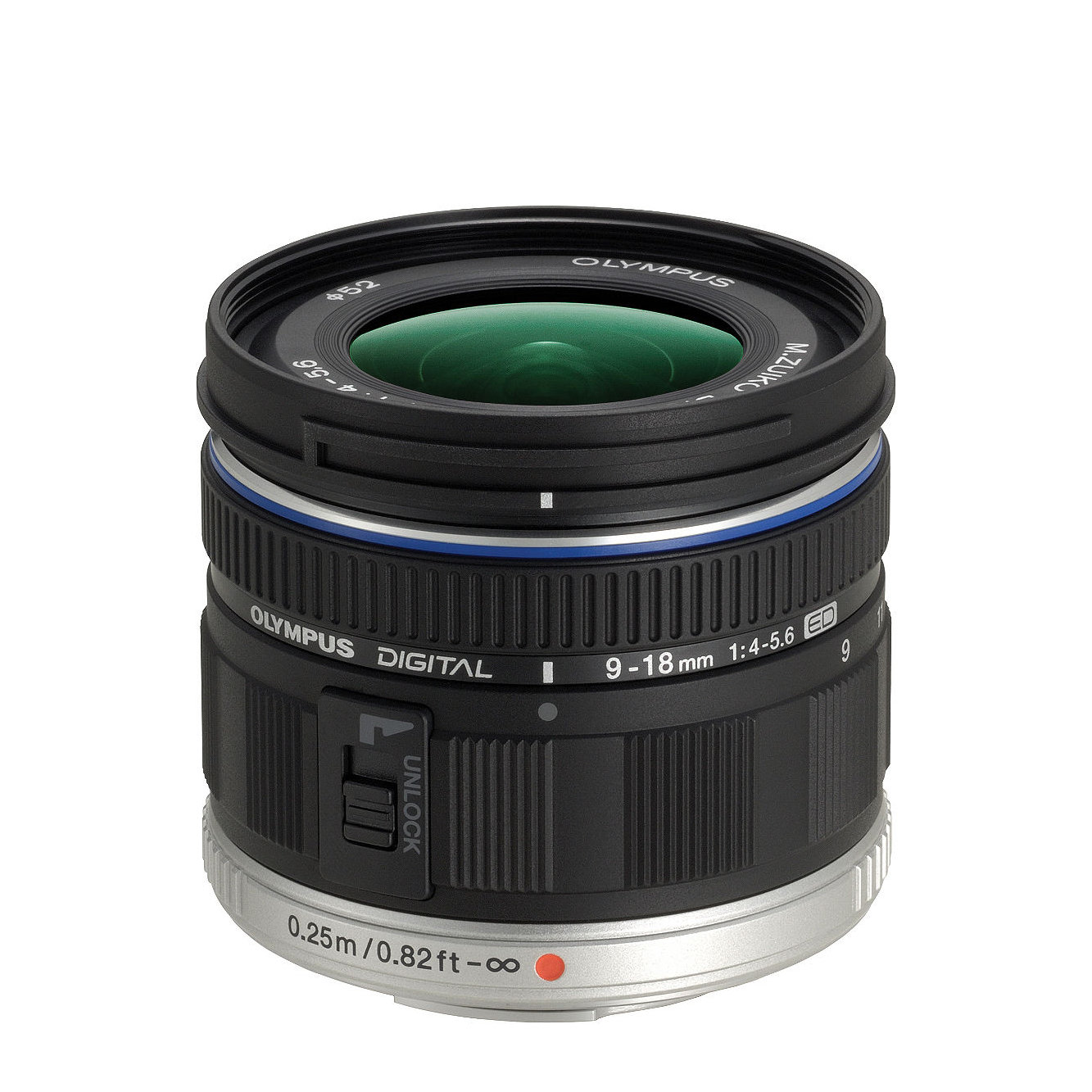
A cosmetic refresh of one of the oldest lenses on the Olympus books, this gorgeous zoom is still one of the best. Its pocketable dimensions make it ideal for travel.
Read more below
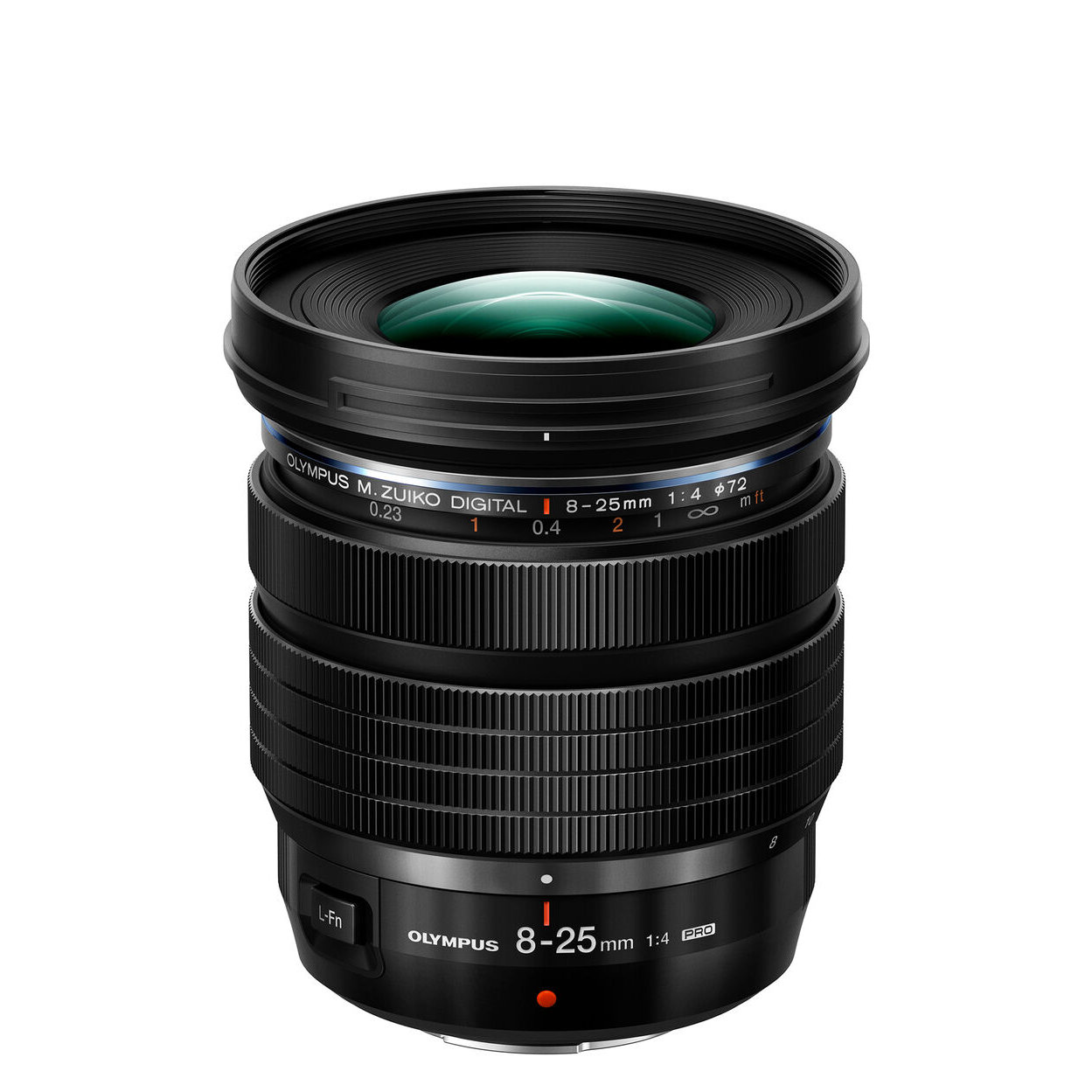
Covering an equivalent range of 16-50mm, this deceptively capable zoom goes from a wide field of view to standard. It's great for street shooting.
Read more below
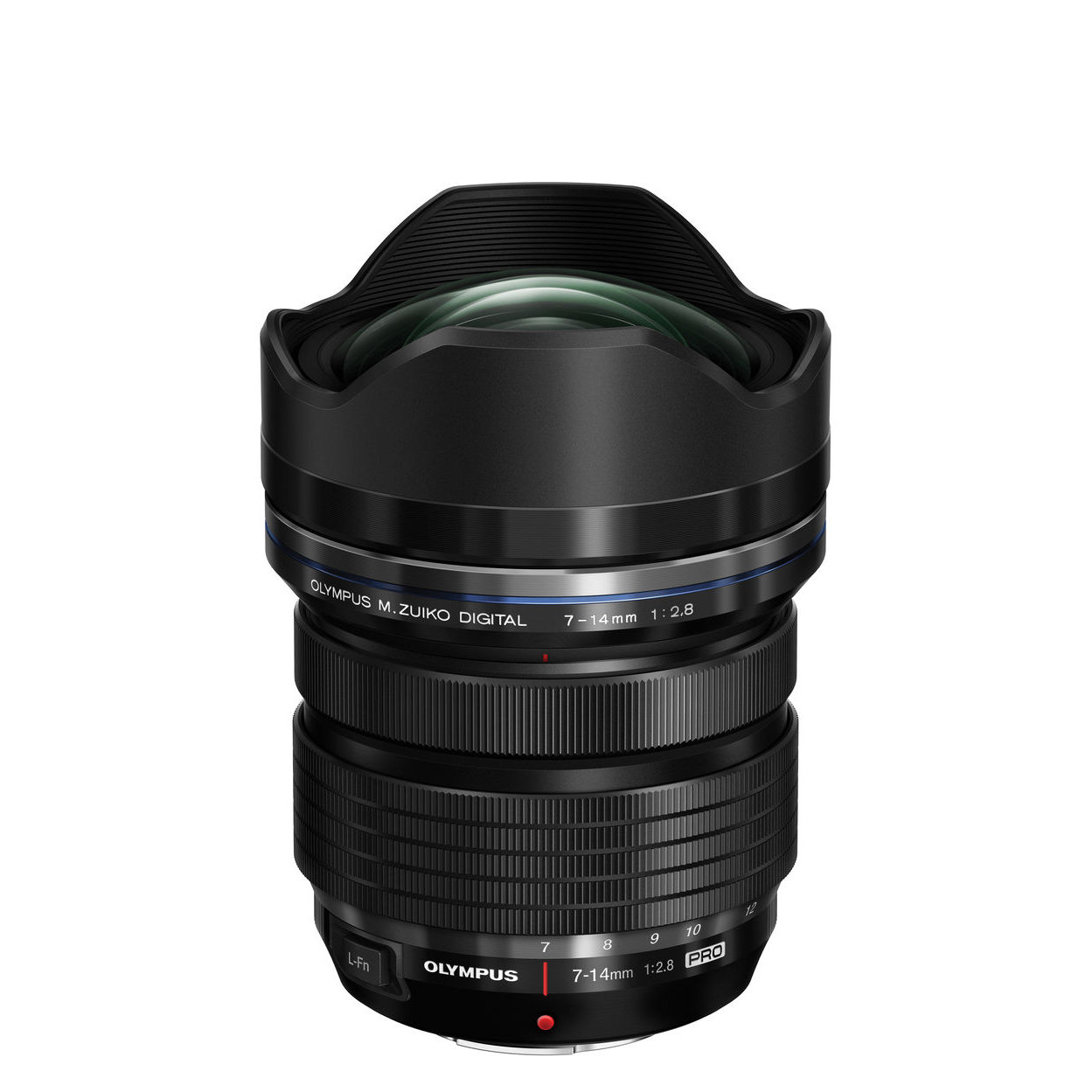
This lens delivers an impressive 114-degree viewing angle, which is no mean feat on a Micro Four Thirds camera. Its contrast and sharpness are utterly sublime.
Read more below
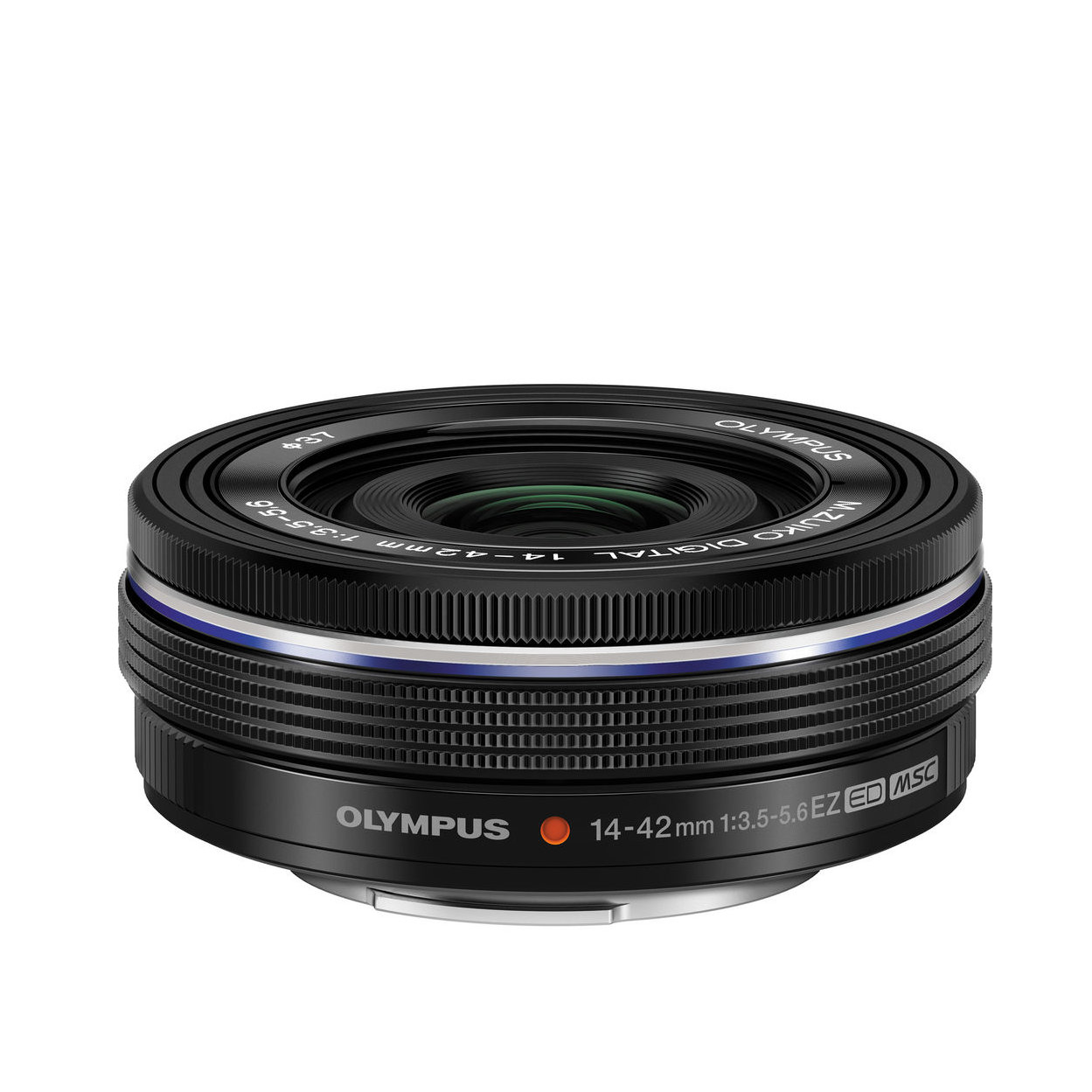
Almost impossibly slim and portable, the Olympus M.Zuiko 14-42mm f/3.5-5.6 EZ is an ideal take-everywhere standard zoom for street shooting, travel and more.
Read more below
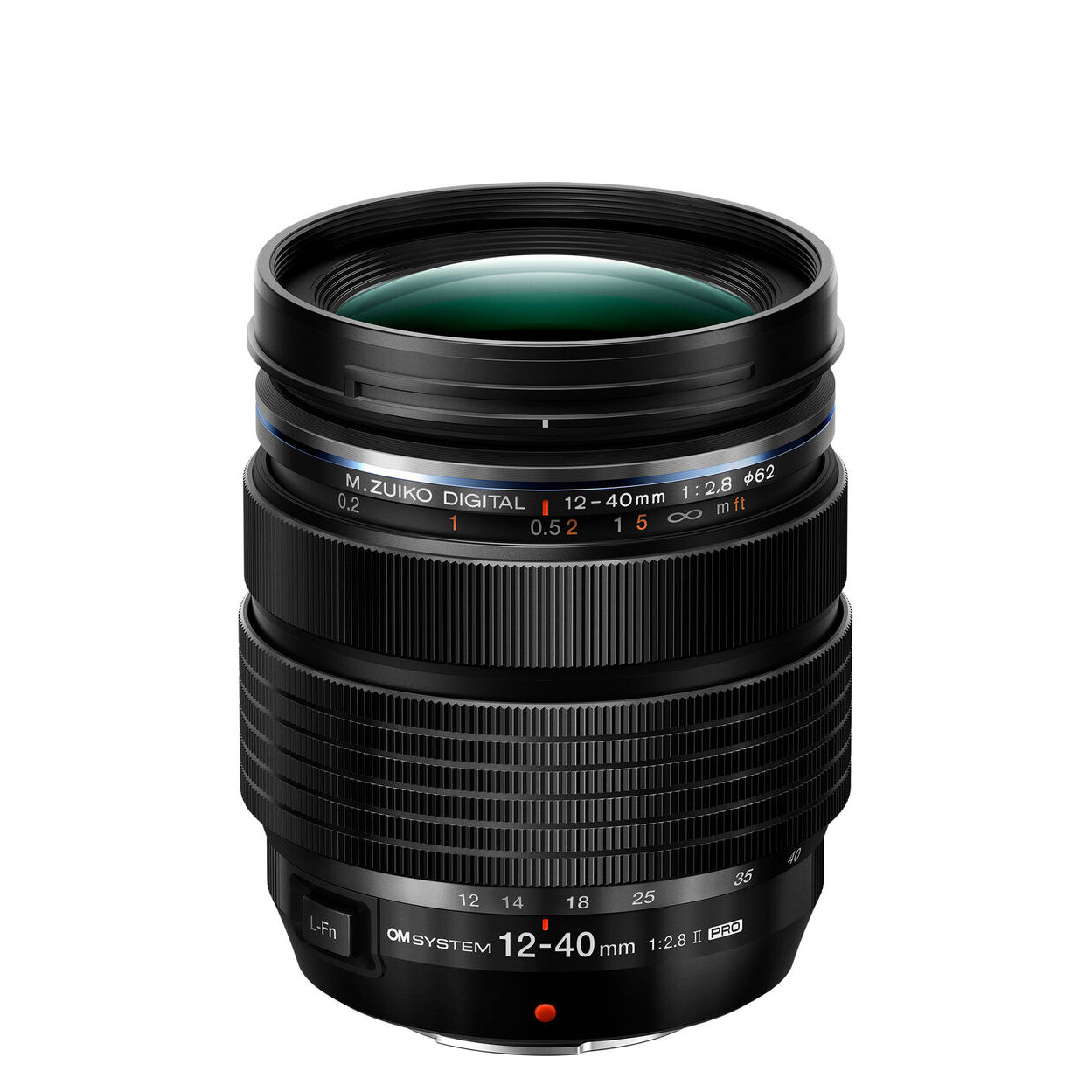
If you're looking for just one standard lens for your Olympus / OM System camera, this pro-spec zoom is the best buy. It covers an equivalent range of 24-80mm.
Read more below
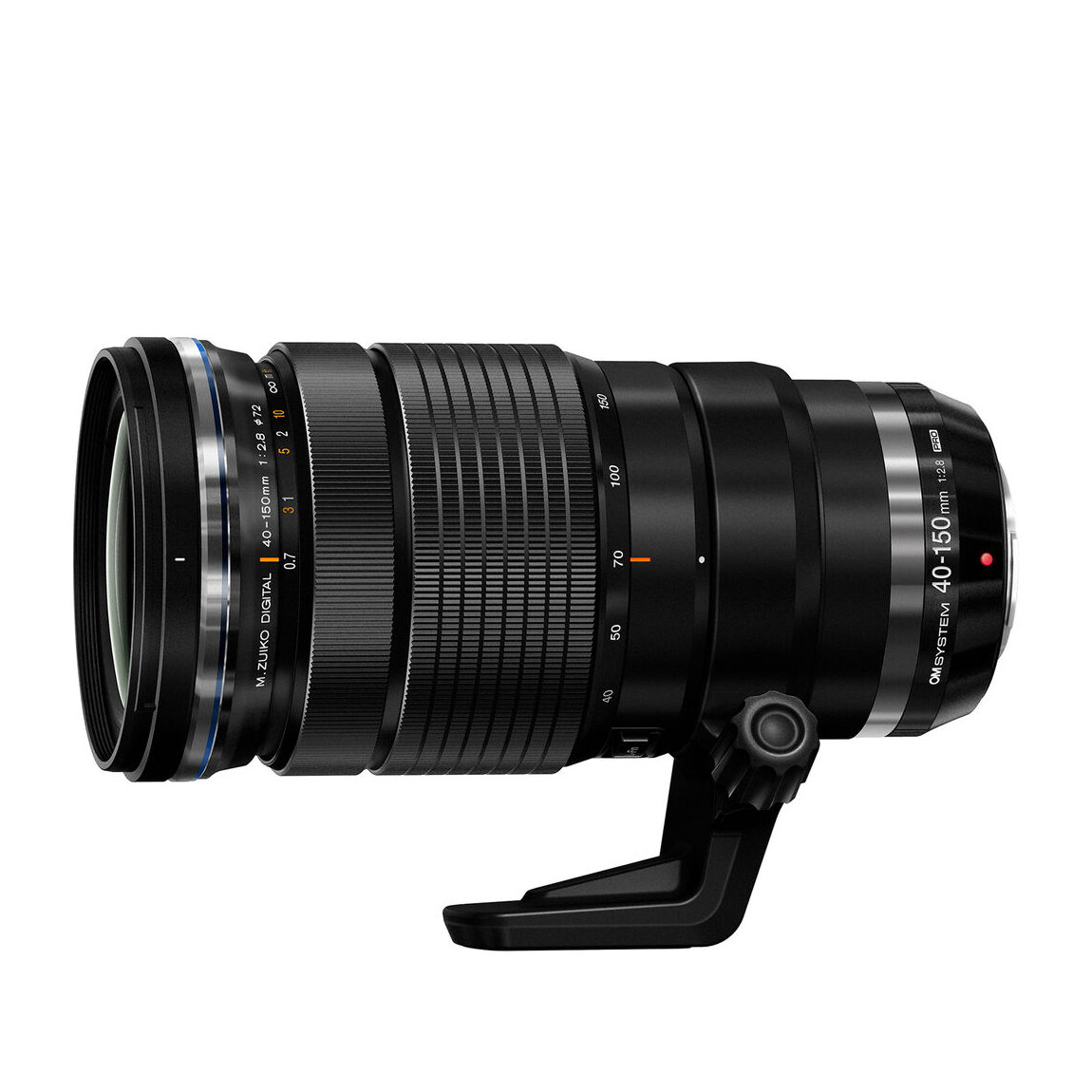
This pro-spec lens delivers an 'effective' telephoto range of 80-300mm in full-frame terms, with a fast and constant f/2.8 aperture rating.
Read more below
Load the next products ↴
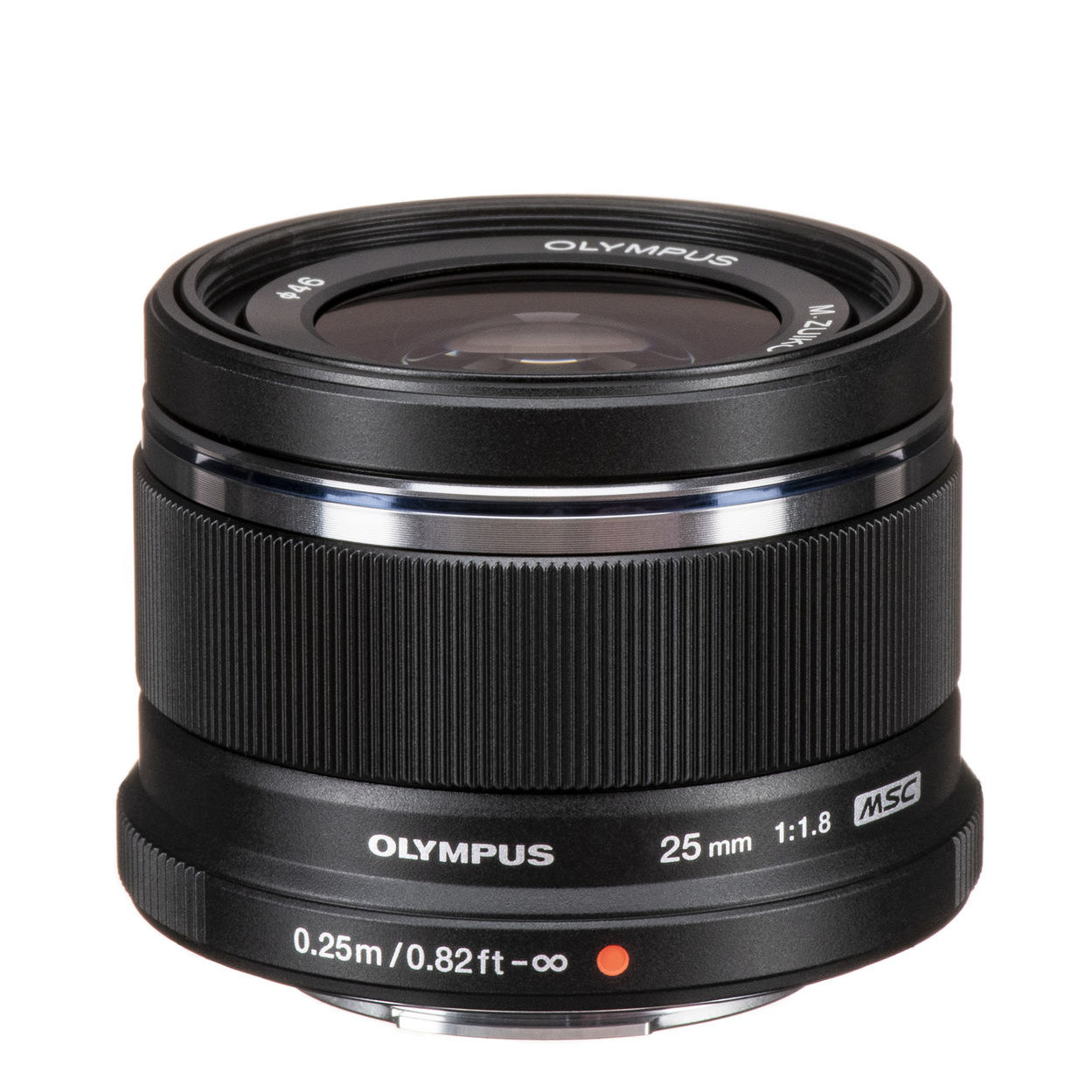
Equivalent to a nifty-fifty in full-frame terms, this is the quintessential must-have walkabout lens, perfect for photographing a range of subjects and scenarios.
Read more below
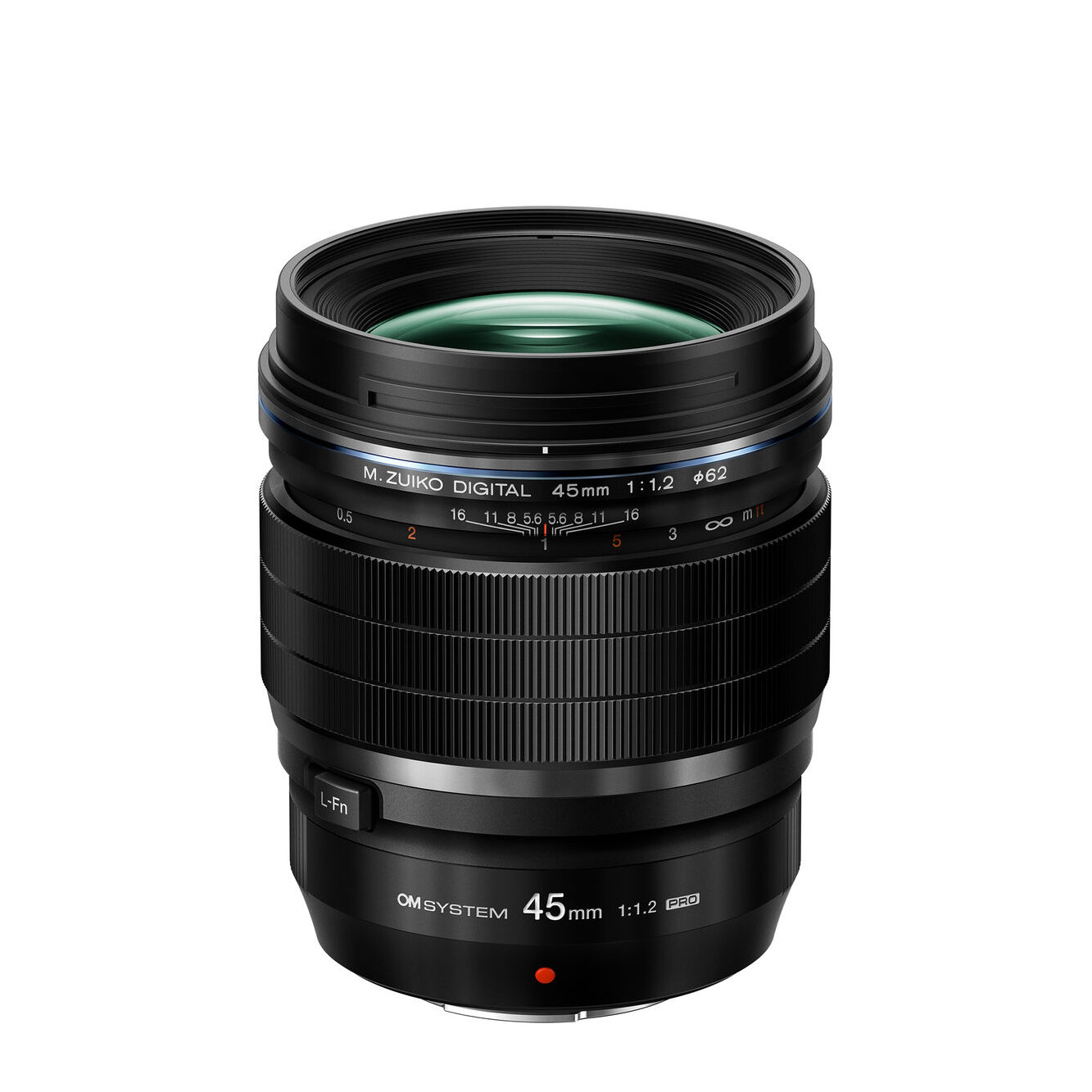
With its classic 150mm equivalent focal length and wide f/1.8 maximum aperture, this beautifully constructed metal lens creates perfect portraits that look every bot as good.
Read more below
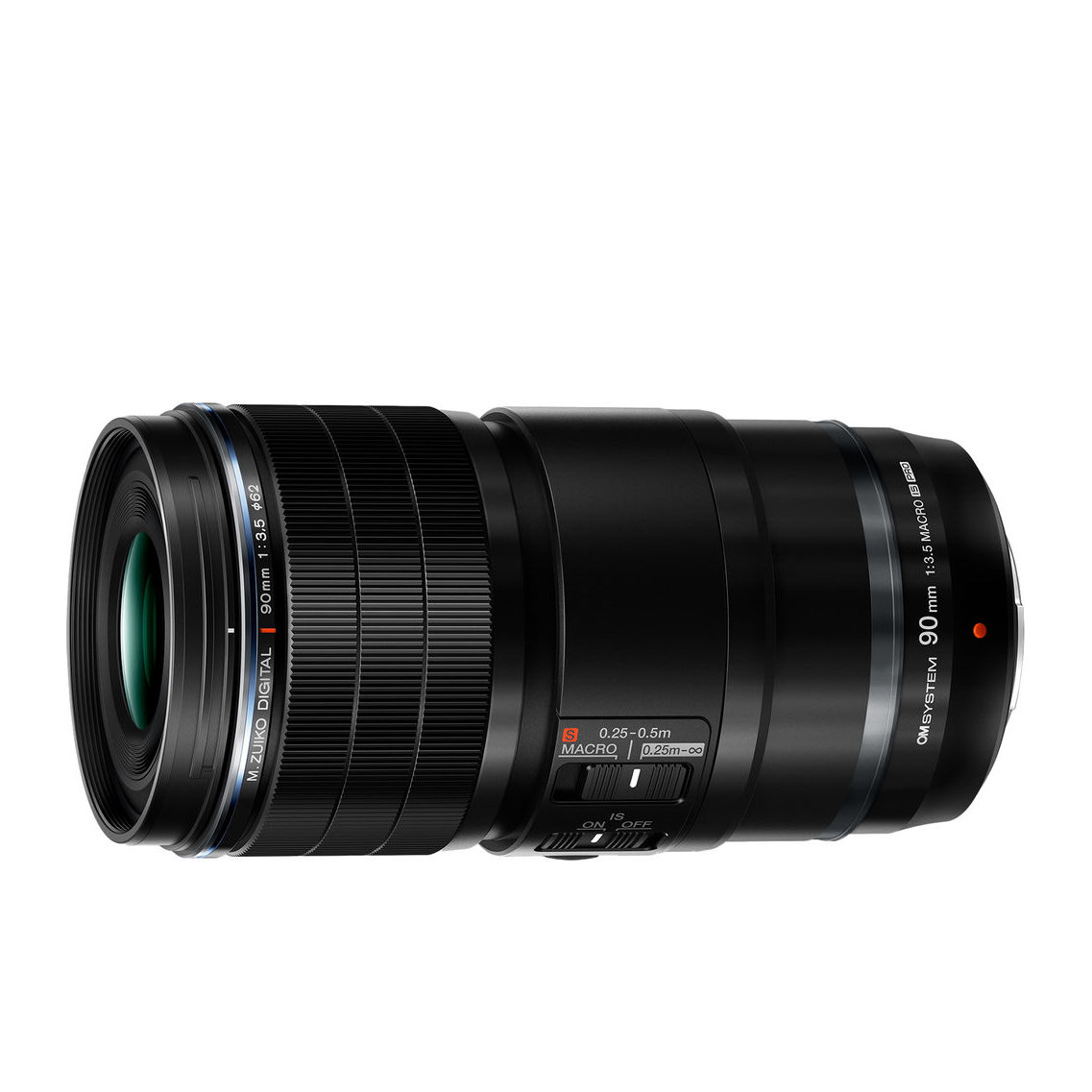
With a 2:1 reproduction ratio and a long 180mm equivalent focal length, this powerful macro is ideal for photographing tiny wildlife and plants.
Read more below
The best Olympus / OM System lenses
Why you can trust Digital Camera World
Best travel zoom

1. OM System M.Zuiko 9‑18mm f/4‑5.6
Specifications
Reasons to buy
Reasons to avoid
While it carries the OM System badge, this is really just a minor refresh of one of Olympus' oldest Micro Four Thirds lenses – however, it's still one of the most desirable. It arrived alongside the company's first PEN cameras and the standard kit lens back then, another retracting design, this one a 14-42mm.
The Olympus 9-18mm doesn't go as wide as other, more recent Olympus ultra-wides, the f/4-5.6 maximum aperture is a tad restrictive and the retracting mechanism is not a deal breaker but it is a bit of a faff.
Even allowing for all that, though, this lens' size, light weight and ultra-wide angle of view make it a unique proposition for travel photography and interiors, and dated as it might look, there's still nothing like it today.
Best wide-angle zoom
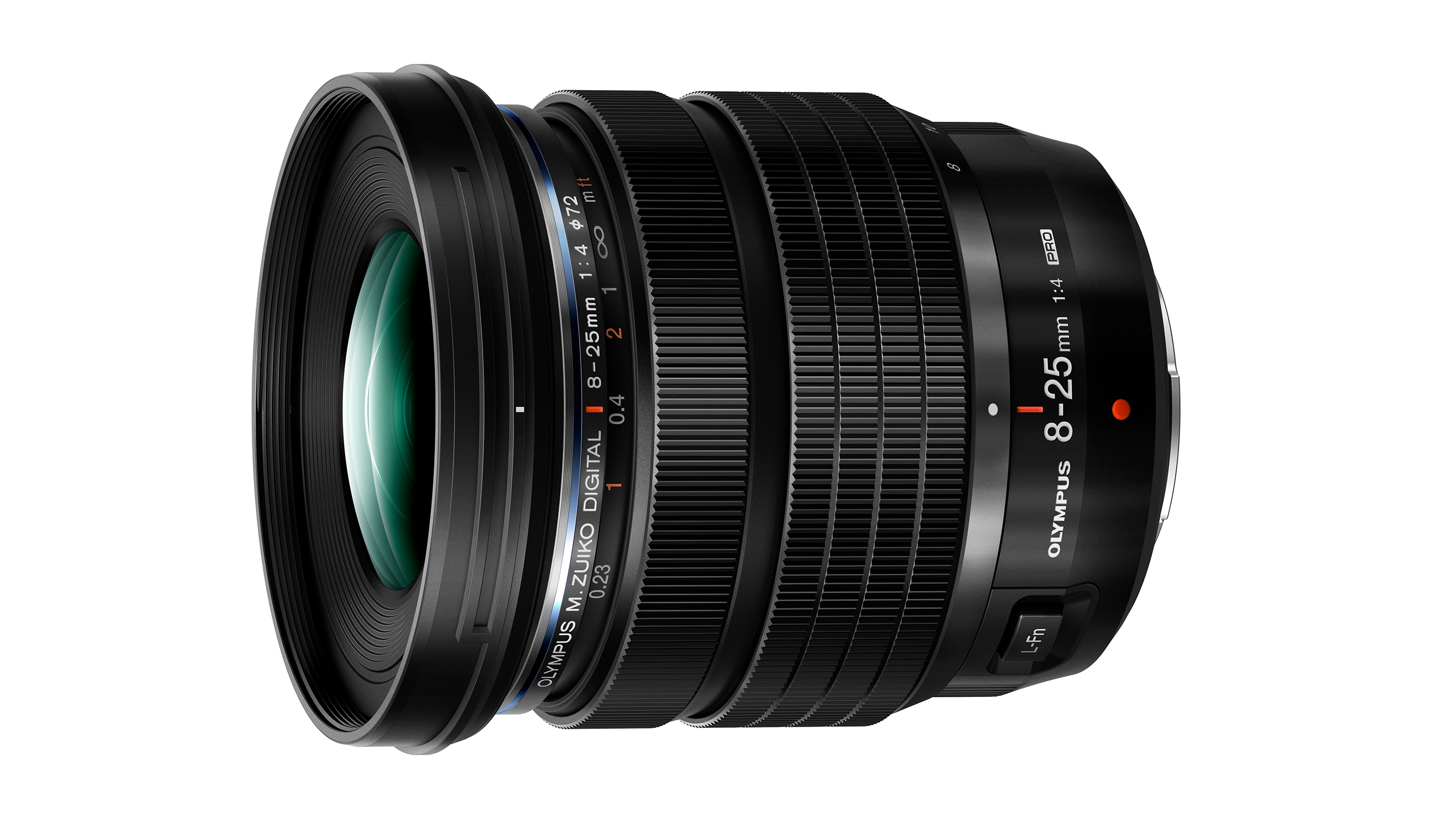
Specifications
Reasons to buy
Reasons to avoid
Right from the moment you pick this lens up you can feel the Olympus Pro lens quality in its design and operation – and our lab tests have shown that its optical quality does not disappoint, either.
This is another unique lens, this time because of the focal lengths it straddles: you could see it as an ultra-wide zoom that goes right up to a standard zoom range, or as a standard zoom that also goes ultra-wide.
Either way, this one lens could replace two lenses for many travel, street and architectural photographers. It's not particularly small, to be fair, but the focal range it covers is quite impressive
Read our full Olympus M.Zuiko 8-25mm f/4.0 Pro review
Best ultra-wide zoom
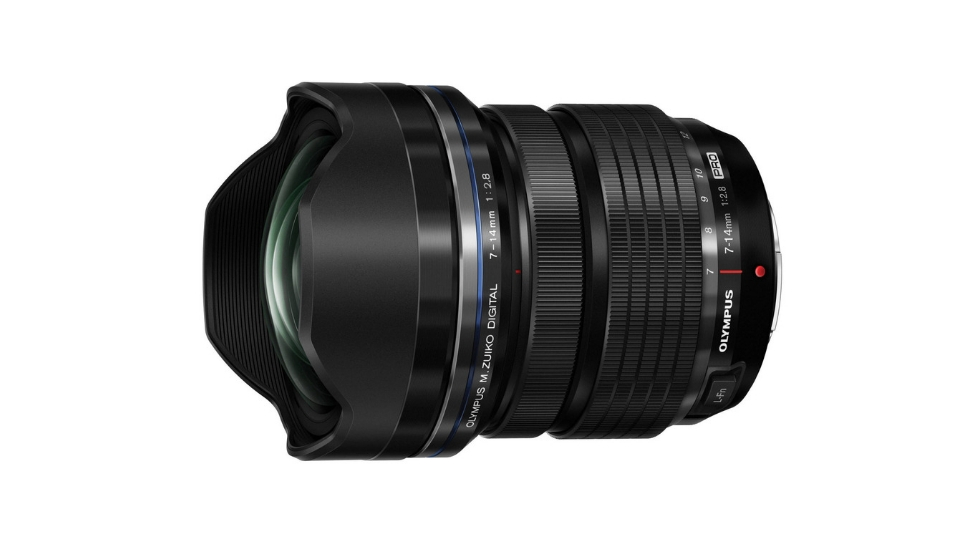
3. Olympus M.Zuiko 7-14mm f/2.8 Pro
Specifications
Reasons to buy
Reasons to avoid
While the crop factor of MFT format cameras boosts the telephoto abilities of lenses, it makes the design of ultra-wide optics more of a challenge.
The M.Zuiko 7-14mm f/2.8 Pro is a remarkable wide zoom lens with a minimum focal length of just 7mm, delivering an astonishing 114° viewing angle, similar to using a 14mm lens on full-frame cameras. Like other lenses in the Pro line-up, it’s immaculately turned out, with fabulous build quality.
Contrast and sharpness are outstanding, while color fringing and distortions are negligible. As with many ultra-wide lenses, however, the hood is built-in so there’s no filter attachment thread.
Read our full Olympus M.Zuiko 7-14mm f/2.8 Pro review
Best pancake zoom
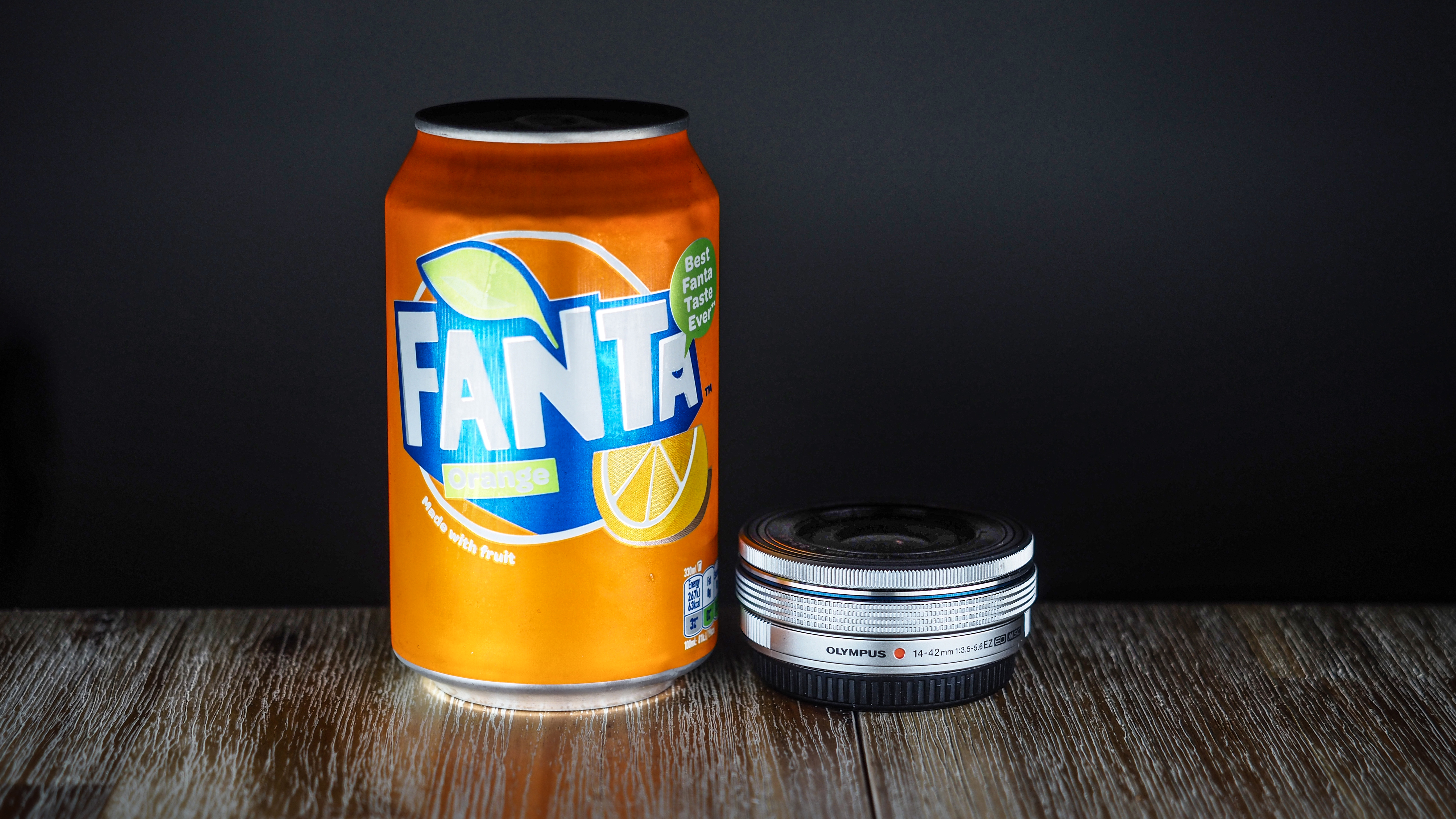
Specifications
Reasons to buy
Reasons to avoid
For people who don't know this lens, it would be easy to dismiss it as a cheap and cheerful – but inferior – alternative to a 'proper' standard zoom lens. But not so fast!
Optically, this little lens is a lot better than you might expect, and while its 28-84mm zoom range and f/3.5-5.6 maximum aperture are about as ordinary as kit lenses get, its sheer size – or lack of it – makes it incredibly useful.
One of the best pancake lenses, when fitted to something like the Olympus PEN E-P7 you can slide your camera into a jacket pocket or a handbag and take it anywhere.
We've all had to accept cameras and lenses getting bigger and bigger and bigger over the past few years, but this lens, on a compact PEN body, takes carry-round cameras right back to the size they ought to be!
Read our full Olympus M.Zuiko 14-42mm f/3.5-5.6 EZ review
Best standard zoom
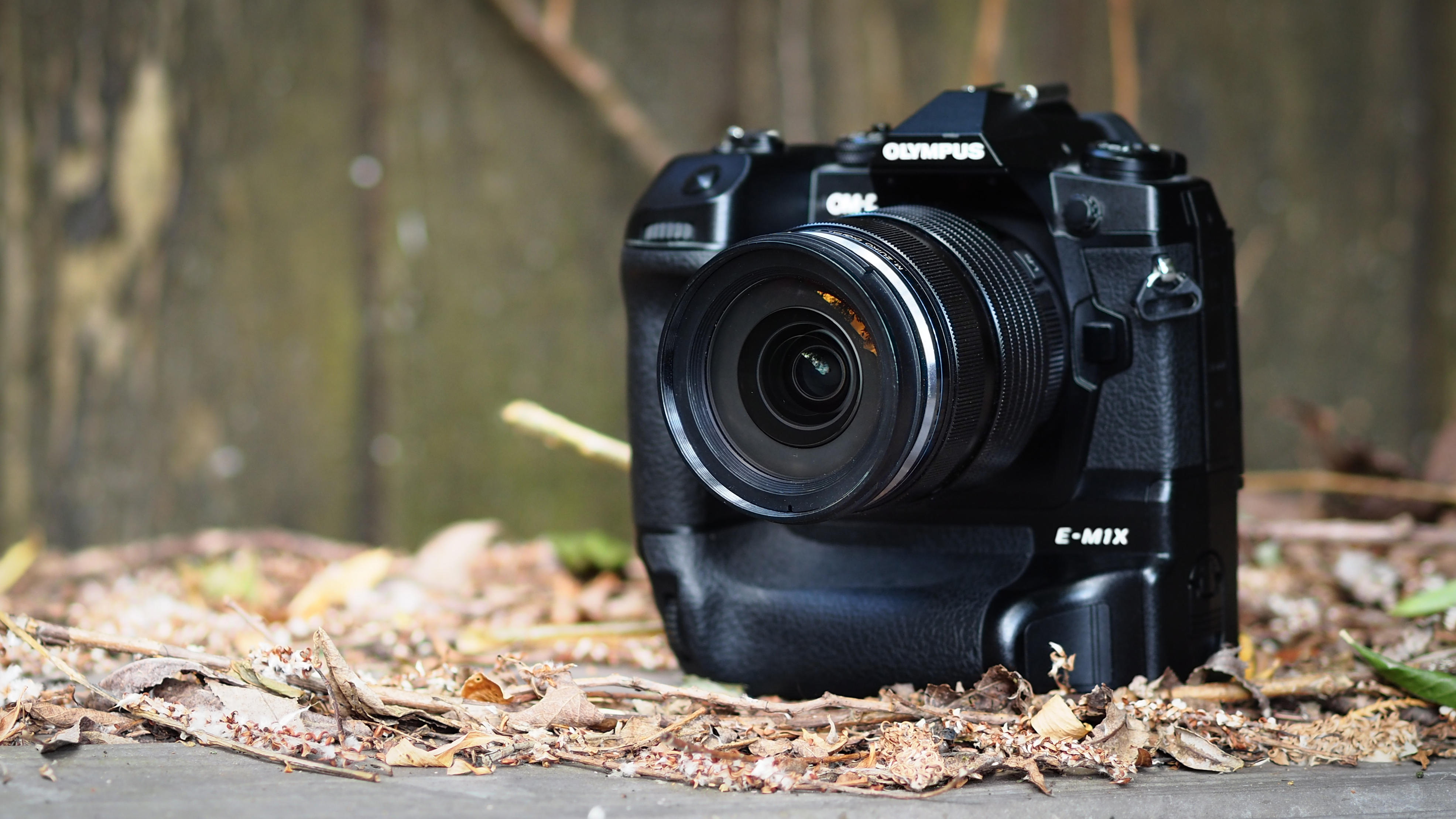
Specifications
Reasons to buy
Reasons to avoid
Whenever you buy any kind of serious Oly / OM body, this lens will be one of the bundle options. It's kept the same design for years, but that's not because it's some kind of low-cost throwback that's just used for lens bundles – it's because the company got everything right with this lens from day one.
Its 24-80mm effective zoom range is just a tad longer than the 'standard' 24-70mm on other cameras, and its optical performance is consistent right across the zoom range. It can also focus very close for a standard zoom lens too, so it's very versatile.
If I had to choose one standard zoom lens for my Olympus / OM bodies, this is the one I'd get. That said, you can find the original Olympus-branded version for a bit less money – it's identical, but its weather sealing is only rated to IPX1 rather than the IP53 certification of this newer OM version.
Read my full OM System M.Zuiko 12-40mm f/2.8 Pro II review
Best telephoto zoom

Specifications
Reasons to buy
Reasons to avoid
Every professional photographer keeps a 70-200mm f/2.8 lens in their kitbag to combine telephoto capability with a constant f/2.8 maximum aperture and controllable background blur for everything from wildlife to wedding portraits.
The M.Zuiko 40-150mm is the OM System equivalent – except that it goes further. Its effective zoom range is actually 80-300mm, so it offers 50% more reach than a regular 70-200mm. (You might also want to check out what it would cost to get a 300mm f/2.8 lens for other formats!)
Better still, the 40-150mm f/2.8 Pro works with Olympus / OM Systems' 1.4x and 2x teleconverters to offer the equivalent of a 112-420mm f/4 or a 160-600mm f/5.6. It's like not one lens, but three (potentially)!
Read our full Olympus M.Zuiko 40-150mm f/2.8 Pro review
Best standard prime
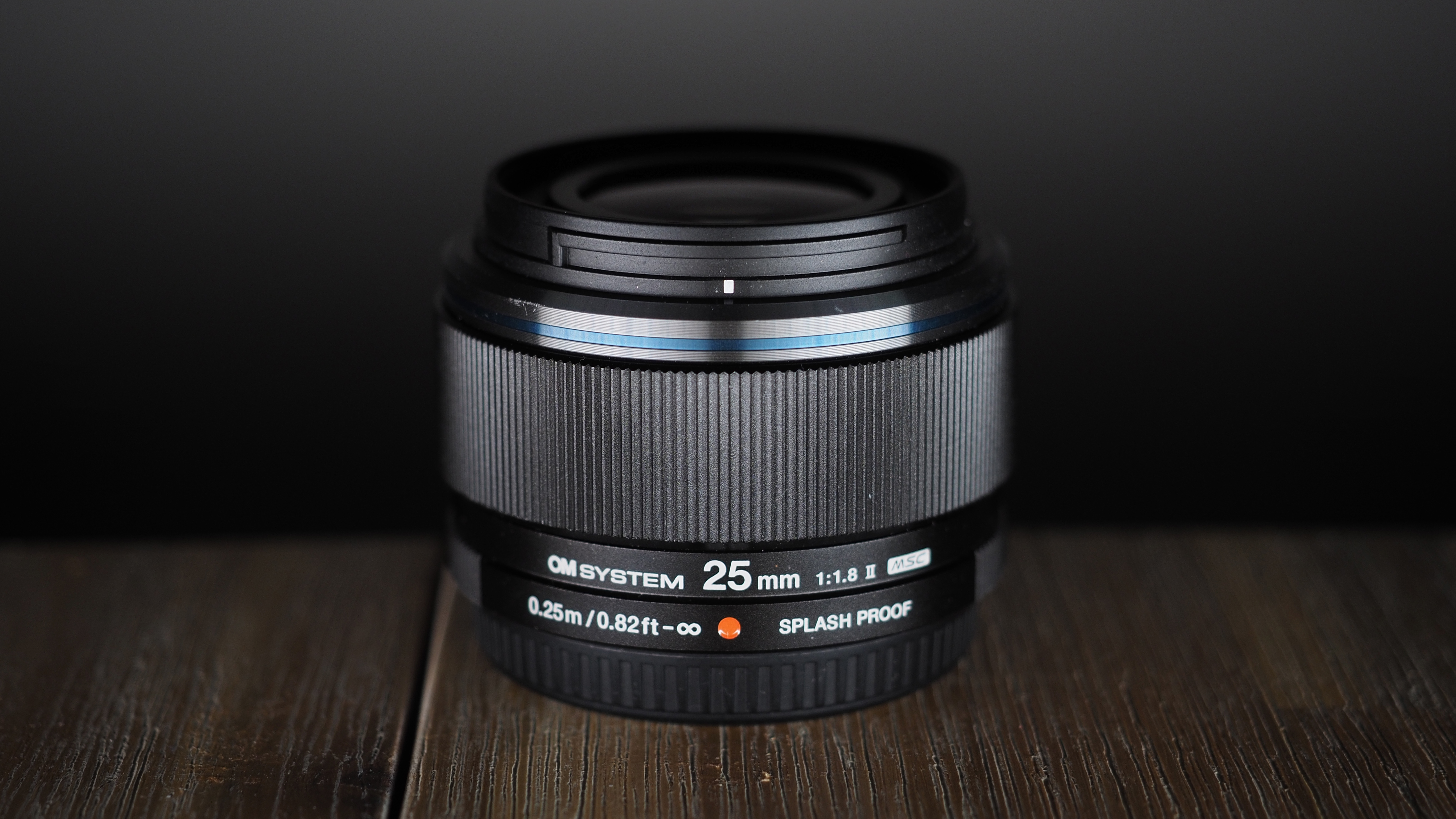
Specifications
Reasons to buy
Reasons to avoid
Measuring a mere 59.4 x 42.0mm and tipping the scales at just 156g, this diminutive lens feels right at home on even the most compact MFT format body.
Naturally, the 2x crop factor of MFT cameras gives this lens an effective 50mm focal length, delivering a classic ‘standard’ viewing angle with a fairly fast f/1.8 aperture rating.
Image quality is impressive in all respects, but this updated nifty fifty lens offers two big upgrades over the original Olympus-branded version: weather sealing and a lens hood included in the box.
Considering the prices of Canon and Nikon 50mm f/1.8 lenses for full-frame cameras, the M.Zuiko doesn’t look terrific value. However, its performance and pocketability fully justifies the price tag.
Read my full OM System M.Zuiko 25mm f/1.8 II review
Best portrait prime
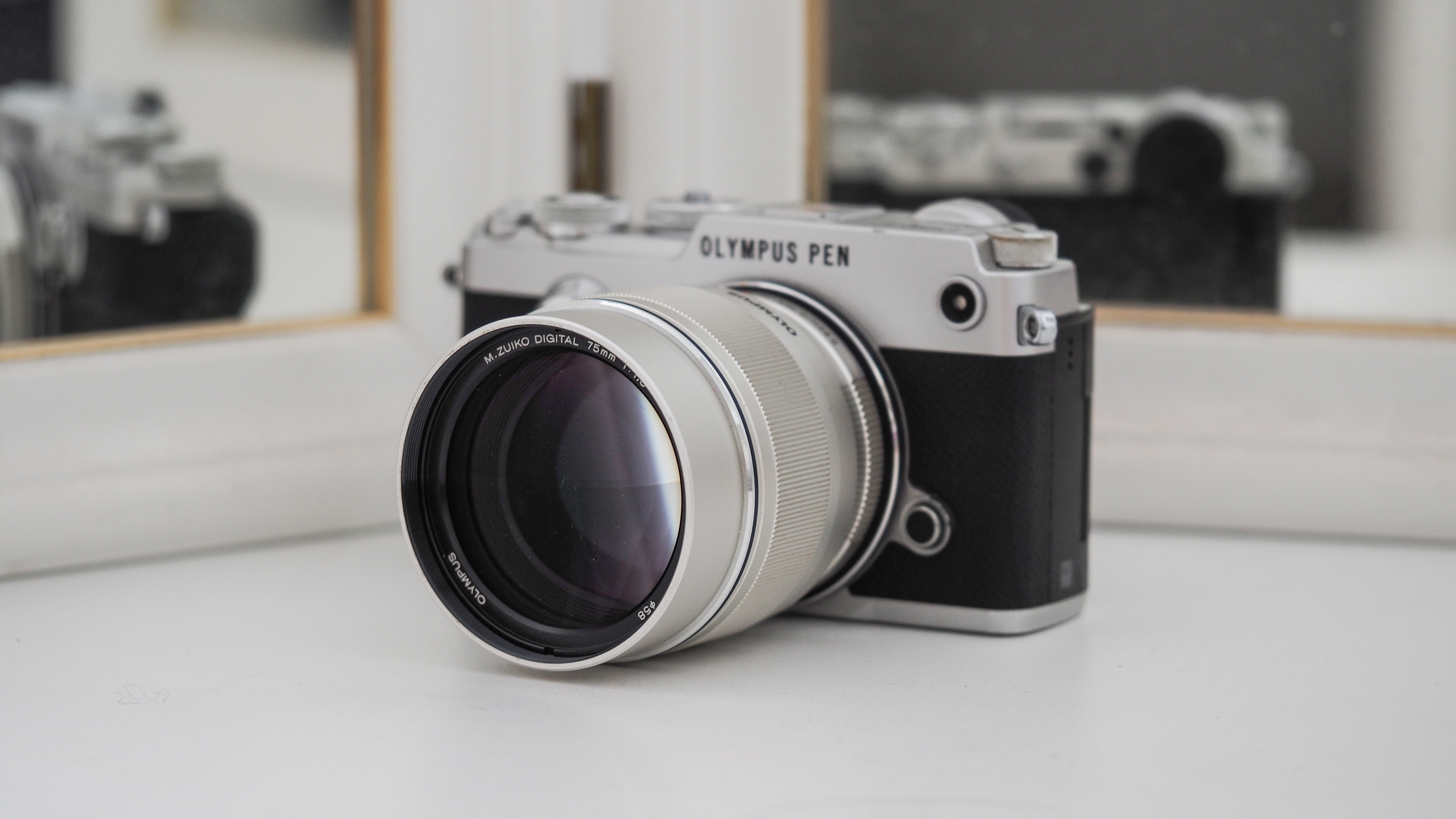
Specifications
Reasons to buy
Reasons to avoid
As a portrait photographer, the vast majority of my work involves people pictures – and this is the lens I use for the vast majority of them!
It is an effective 150mm lens, a classic focal length for portraiture that has two key strengths. Firstly it "compresses" features, which makes it more flattering to faces, and secondly it throws the background into a beautiful blur of bokeh – aided by the fast f/1.8 aperture.
This is why I pick this lens over another favorite of mine, the 90mm equivalent M.Zuiko 45mm f/1.8 (or the far more expensive f/1.2 version). While 90mm is still great for portraiture, the quality of blur and subject separation you get from the 75mm gives you more of a "full frame look".
I think this is Oly / OM's prettiest prime, too, with its shiny metal build and huge front element. However, bear in mind that it's not weather-sealed – and the lens hood will cost you extra.
Read my full Olympus M.Zuiko 75mm f/1.8 review
Best macro prime
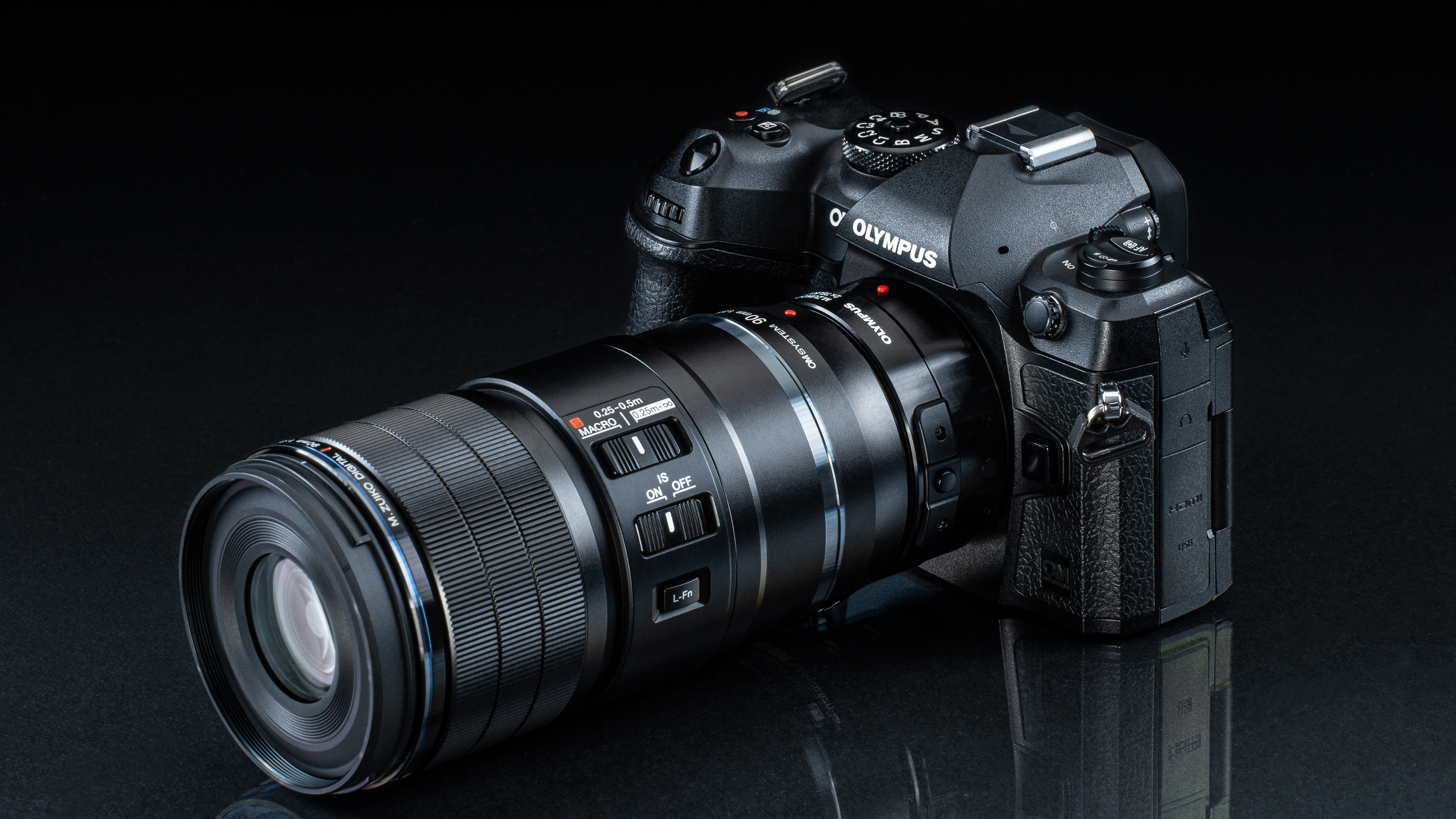
Specifications
Reasons to buy
Reasons to avoid
While it takes time to master, the images you can capture with this powerful macro lens are simply unreal. The M.Zuiko 90mm f/3.5 Macro offers a maximum reproduction ratio of 2:1 – which in 35mm terms (due to the smaller MFT sensor) is equivalent to 4:1.
So, as we put it in our review, you could capture an image of a 5mm insect and reproduce it at 20mm, which is actually wider than the 17.5mm MFT sensor. It's the first autofocus lens to offer this reproduction ratio (the others are all manual focus).
The 180mm equivalent focal length gives you plenty of telephoto reach, and if it's not enough, you can pair it with OM System’s M.Zuiko MC series teleconverters to double it to 360mm. If you're looking to photograph macro subjects that won't let you get too close like flighty insects, this is a fantastic asset – though naturally, you'll need a good deal of precision and potentially some quick reflexes to get them in the frame.
While we're still finishing our lab tests of this lens, it's looking safe to say that it's shaping up to be one of the best macro lenses on the market for the MFT system.
Read our full OM System M.Zuiko 90mm f/3.5 Macro review
Lab data and comparisons
The graphs below show the comparative performance of the lenses in this guide, based on our in-house lab tests. Most of the lenses in the group give similar averages scores for sharpness, but the 25mm f/1.8 is the outright winner, while the 12-40mm is a little less impressive. Distortions are automatically corrected by firmware, flattering the native optical quality.
Scores for sharpness and color fringing are averaged from data taken across the entire image frame, from the center to the edges and corners, throughout the aperture range. For zoom lenses, the scores are also averaged from data measured at all marked focal lengths, and the same applies to distortion. Bear in mind that these average values don't fully reflect specific areas of performance. For example, a zoom lens might have noticeable barrel and pincushion distortion at its shortest and longest focal lengths respectively, which tends to average out when looking at the data overall. For more detailed graphs of each lens's performance, which give the full picture, check out the graphs in our full standalone lens reviews.
How to choose the best Olympus lenses (OM System)
There are a few too many M.Zuiko lenses to cram into a single guide, and they cater for a multitude of purposes and user types, so we've split our guide into four sections:
• Wide-angle zooms: ideal for architecture, street photography and landscapes
• Standard zooms: one lens to handle 80% of your everyday shooting
• Telephoto zooms: essential for sports and wildlife fans
• Prime lenses: top choice for low light, bokeh and portability
In each section in this guide we've picked out what we think are the stand-out candidates and we explain why. It's worth bearing in mind that these categories are not set in stone – you can capture fantastic landscapes with telephoto lenses, just as it's possible to capture a characterful portrait with a wide-angle. However, these categories are a good starting point for thinking about the kinds of lenses you want to use.
Of course, the best Micro Four Thirds lenses all fit and work on MFT cameras from all manufacturers – thanks to the fact that it is an open mount, so anybody can develop optics (or indeed cameras) for it.
However, while you can fit Panasonic lenses on OM System bodies without any obvious issues, Panasonic's lens stabilization doesn't always play nicely with OM's in-body stabilization, and you get better results from switching off the lens O.I.S.
And while Panasonic lenses autofocus as you would expect on OM cameras, they are tuned for Panasonic's own DFD contrast-detect AF system – and some notable examples (such as the Panasonic 20mm f/1.7) focus incredibly slowly on non-Panasonic bodies. Overall, we think that OM System lenses are just that bit snappier on OM System cameras.
How we test lenses
We test lenses using a mix of both real world sample images and lab tests. Our lab tests are carried out scientifically in controlled conditions using the Imatest testing suite, which consists of custom charts and analysis software that measures resolution in line widths/picture height, a measurement widely used in lens and camera testing. We find the combination of lab and real-word testing works best, as each reveals different qualities and characteristics.
FAQs
What is the difference between Olympus and OM System?
OM System is simply the rebadged name for Olympus, following the sale of the Olympus imaging division to OM Digital Solutions. The new owners have been refreshing the line with new cameras and lenses, while also retaining everything that made Olympus so popular among its hardcore fanbase. You don't need to worry about compatibility – everything OM System will work completely seamlessly with everything Olympus, and vice-versa.
Can I use old Olympus lenses on newer Olympus cameras?
If you have old Olympus lenses from the film SLR days, you may be wondering if you can use them on new Olympus and OM System cameras in the digital realm. The short answer is yes, as long as you have an adapter – they won't mount natively to Micro Four Thirds, but there are a number of affordable and good-quality adapters available (Urth makes a good Olympus OM to MFT mount adapter). Just remember that you'll only be able to use manual focus.
Get the Digital Camera World Newsletter
The best camera deals, reviews, product advice, and unmissable photography news, direct to your inbox!

James has 22 years experience as a journalist, serving as editor of Digital Camera World for 6 of them. He started working in the photography industry in 2014, product testing and shooting ad campaigns for Olympus, as well as clients like Aston Martin Racing, Elinchrom and L'Oréal. An Olympus / OM System, Canon and Hasselblad shooter, he has a wealth of knowledge on cameras of all makes – and he loves instant cameras, too.
